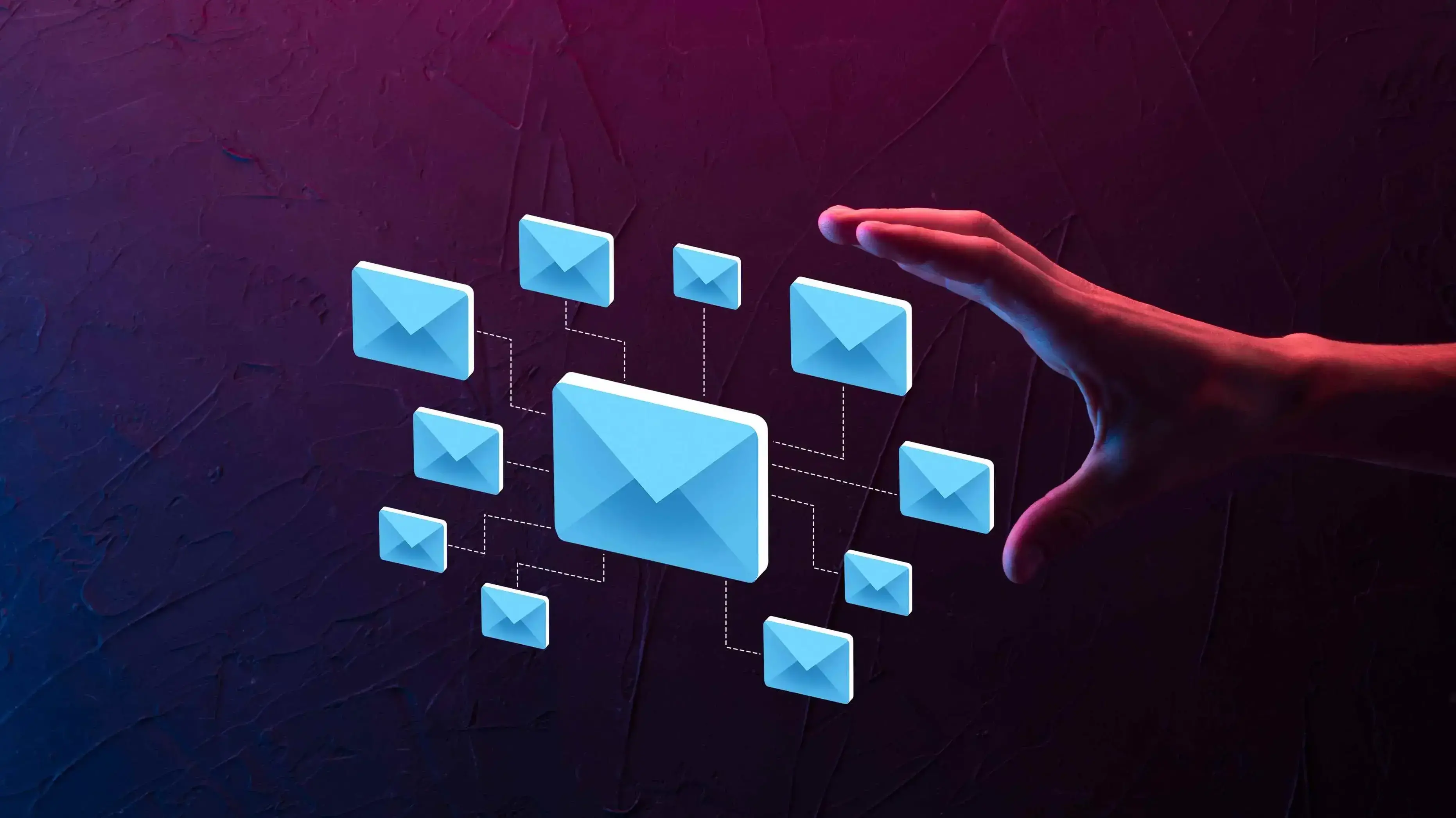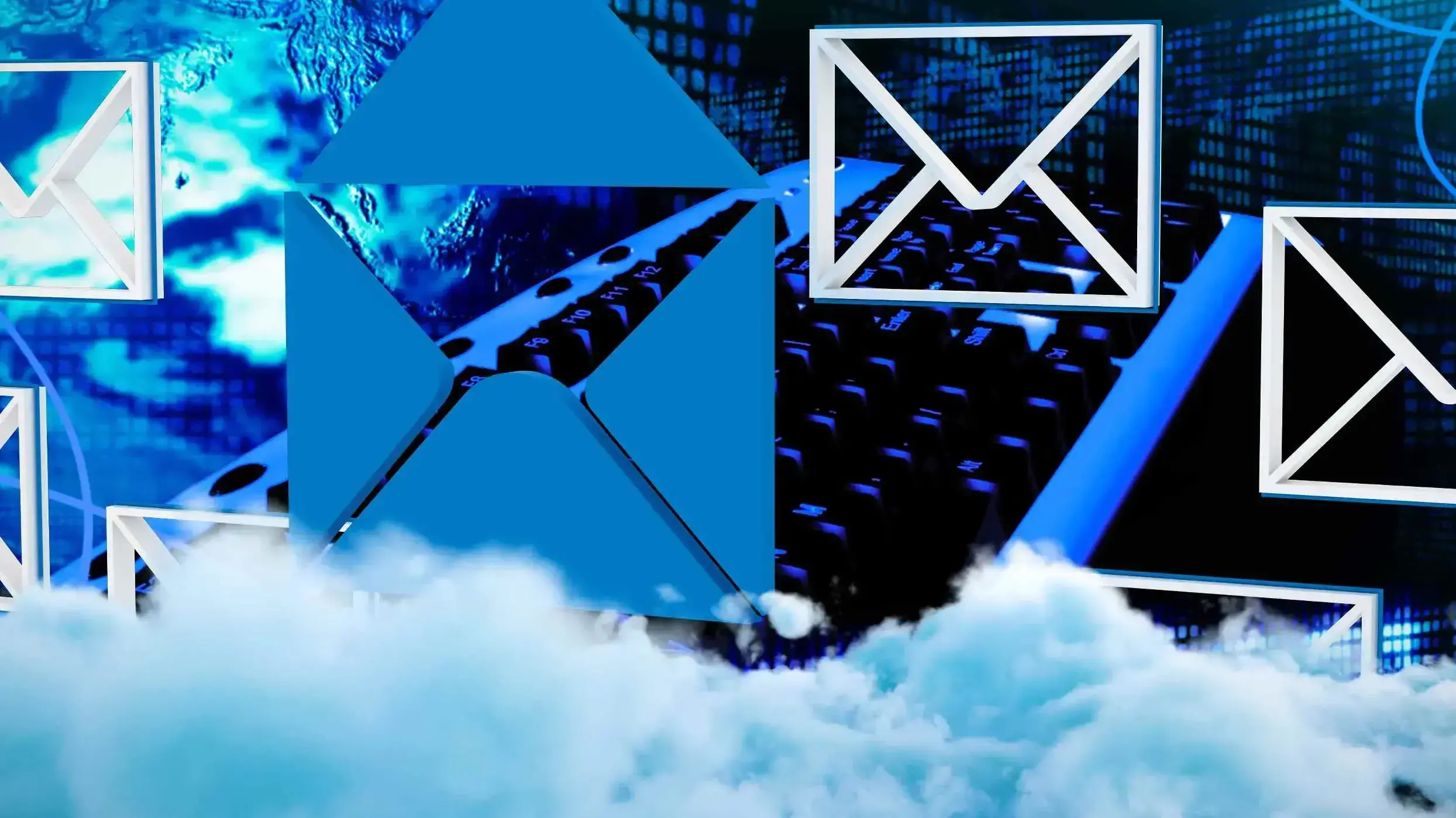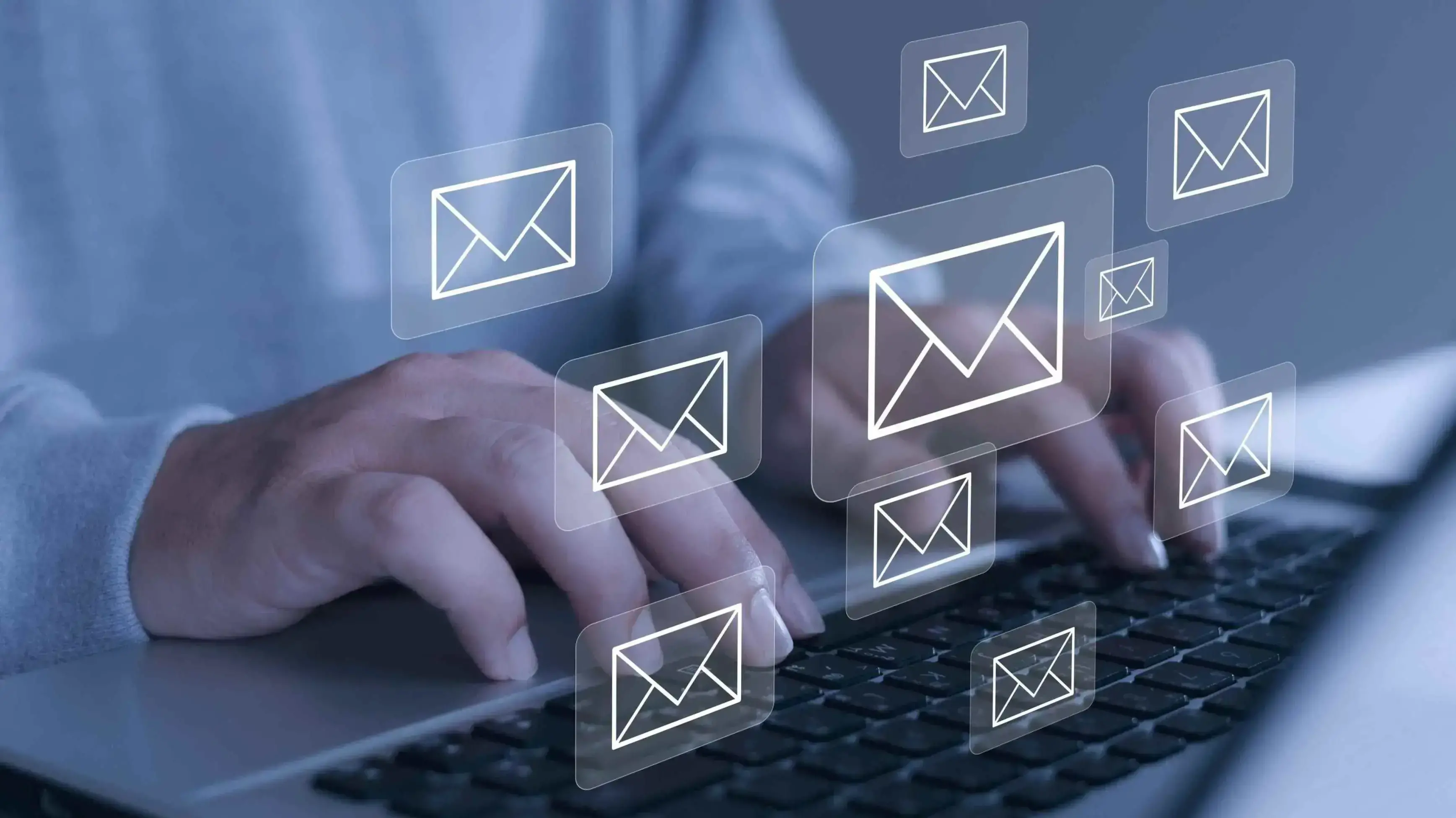Bulk emailing is often necessary for various purposes, such as sending newsletters, announcements, or promotional offers to a large number of recipients. Gmail, a popular email service by Google, can be used as a platform to send bulk emails efficiently and effectively.
This article will cover the process of sending bulk emails through Gmail using third-party tools and extensions for efficient communication with a large recipient base.
Understanding Bulk Email
Bulk email refers to the practice of sending a large number of emails to multiple recipients simultaneously. It is commonly used for various purposes, such as:
Newsletters: Businesses and organizations often send bulk emails to subscribers to provide updates, news, and valuable content.
Marketing Campaigns: Companies may send bulk emails to promote products, services, or special offers to their target audience.
Internal Communication: Bulk email can be utilized within organizations to disseminate information, announcements, or internal newsletters to employees or members.
Benefits and Challenges
By understanding the benefits and challenges associated with bulk email, you can implement effective strategies and precautions to ensure successful communication with your target audience while avoiding potential pitfalls.
Pros and Cons of Sending Bulk Emails
Pros
Cons
Benefits of Sending Bulk Emails
Cost-Effective: Bulk emailing allows you to reach a large number of recipients at a relatively low cost compared to other marketing or communication channels.
Time-Efficient: With a single click, you can send the same message to multiple recipients, saving time and effort compared to individual emails.
Scalability: Bulk email enables you to communicate with a large audience, making it suitable for businesses of all sizes and organizations with extensive memberships or subscribers.
Personalization: Many email marketing tools offer the ability to personalize bulk emails by including recipient-specific information, creating a more targeted and engaging experience.
Challenges and Considerations of Sending Bulk Emails
Spamming Concerns: Sending unsolicited bulk emails or failing to comply with anti-spam regulations can harm your reputation and cause deliverability issues. To avoid this, it isimportant to obtain consent, follow legal requirements, offer opt-out options, and respect user preferences.
Deliverability: Bulk emails may encounter deliverability challenges due to spam filters employed by email service providers. It is important to ensure that your emails comply with best practices, such as avoiding spam trigger words and maintaining a good sender reputation.
Unsubscribes and Complaints: Some recipients may choose to unsubscribe or report your emails as spam. It is essential to honour unsubscribe requests promptly and monitor user complaints to maintain a positive sender reputation.
Content and Design Consistency: Maintaining a consistent layout, branding, and content quality across bulk emails can be challenging. Careful planning and utilizing email templates can help address this issue.
Setting Up Gmail for Bulk Email

Before sending bulk emails from Gmail, it is important to have a valid Gmail account. If you don't have one, follow these steps to set up a Gmail account:
- Visit the Gmail account creation page on the web.
- Click on "Create account."
- Fill out the required information, including your preferred email address, password, and personal details.
- Complete the verification process, which may involve providing a phone number for verification purposes.
- Once your account is created, you can access Gmail by visiting the Gmail website or using the Gmail app on your mobile device.
Limitations:
Gmail imposes certain sending limits to prevent abuse and ensure the security and reliability of the service. These limits vary based on factors like account age, user activity, and undisclosed factors determined by Google.
Daily Sending Limit: Gmail accounts have a daily sending limit, typically around 500 recipients per day. This includes both individual and bulk emails.
Recipient Limit per Message: Each email you send through Gmail can have a maximum of approximately 500 recipients. If you exceed this limit, you may encounter issues, and your email may not be delivered.
To manage these limits effectively and send bulk emails without interruptions, you have a few options:
Use Email Marketing Tools: Consider using third-party email marketing tools or extensions that integrate with Gmail. These tools are designed to handle bulk emailing efficiently and often have features to manage and overcome Gmail's sending limits.
Google Workspace (G Suite): Consider upgrading to Google Workspace for higher sending limits. It offers enhanced email features, including increased sending limits and additional business-oriented services. With Google Workspace, you can easily send bulk emails to larger recipient lists.
By understanding the limitations and exploring appropriate solutions, you can effectively manage your bulk email requirements within the boundaries set by Gmail.
Creating a Mailing List
Google Contacts is a powerful tool provided by Google that allows you to create and manage your contact lists. It integrates seamlessly with Gmail, making it convenient for creating mailing lists and organizing your contacts.
Steps to Create a Mailing List
Follow these steps to create a mailing list using Google Contacts:
- Go to the Google Contacts website (contacts.google.com) and sign in with your Gmail account credentials.
- On the left-hand side of the Contacts interface, click on "Labels" to access the labels management section.
- Click on the "Create label" button to create a new label specifically for your mailing list. Give the label an appropriate name, such as "Newsletter" or "Promotional Campaign."
- Select the contacts you want to add to the mailing list by checking the boxes next to their names.
- Once selected, click on the "Manage labels" button (label icon) at the top of the page.
- In the "Manage labels" pop-up, choose the label you created in Step 3 from the list. This will assign the label to the selected contacts and add them to your mailing list.
Adding Contacts to the List
To add contacts to your mailing list, you can consider the following approaches:
Manual Addition: In Google Contacts, you can manually add contacts one by one by clicking on the "Create contact" button and filling in the necessary information, such as email address and name.
Importing Contacts: If you have a list of contacts in a CSV (Comma-Separated Values) file or another format, you can import them into Google Contacts. To do this, click on the "Import" button and follow the prompts to upload the file and map the fields correctly.
Note: When adding contacts to your mailing list, it is important to obtain proper consent and respect the privacy of your recipients. Ensure that you have permission to add their email addresses to your mailing list, and consider using a double opt-in process to confirm their subscription.
Composing and Sending Bulk Emails
To compose an email in Gmail, follow these steps:
- Log in to your Gmail account and click on the "Compose" button to start a new email.
- In the "To" field, enter your own email address. This step ensures that recipients' email addresses are not exposed to others.
- To protect recipient privacy and prevent their email addresses from being visible to others, use the "BCC" (Blind Carbon Copy) field. Add the mailing list label you created in Google Contacts.
- Start typing the label name in the "BCC" field, and Gmail will suggest the matching label.
- Click on the suggested label to add it to the "BCC" field.
- Enter the subject line in the appropriate field and compose the content of your email in the body section. You can use Gmail's formatting options to customize the text, add links, or include attachments as needed.
Sending or Scheduling the Email
Once you have composed the email and added the mailing list to the "BCC" field, you have two options for sending the email:
Sending Immediately: If you are ready to send the email right away, simply click on the "Send" button. Gmail will process the email and deliver it to all recipients in the mailing list.
Scheduling for Later: If you prefer to schedule the email for a later time, you can use Gmail's scheduling feature. Click on the small arrow next to the "Send" button, and select the desired date and time for sending the email. Gmail will queue the email and automatically send it at the scheduled time.
By following these steps, you can compose and send bulk emails efficiently while respecting recipients' privacy by utilizing the "BCC" field. Remember to double-check the content, subject line, and recipients before sending to ensure accuracy and professionalism in your bulk email communication.
Using Google Sheets with Yet Another Mail Merge (YAMM)

Yet Another Mail Merge (YAMM) is an advanced tool that integrates with Gmail and Google Sheets to streamline the process of sending personalized bulk emails. It offers additional features and customization options beyond what Gmail alone provides, making it a popular choice for users who require advanced bulk email capabilities.
How to set up YAMM on Google Sheets
To install and set up YAMM, follow these steps:
- Visit the Google Workspace Marketplace (workspace.google.com/marketplace) or search for "Yet Another Mail Merge" in your browser.
- Find the YAMM extension in the marketplace. It is developed by "Awesome Gapps."
- Click on the "Install" button and follow the prompts to grant the necessary permissions for YAMM to access your Gmail and Google Sheets.
- Open a Google Sheet in which you want to create your email campaign. If you do not have one, create a new sheet.
- In the menu bar, you should see a new option called "Add-ons." Click on "Add-ons" and select "Yet Another Mail Merge" > "Start Mail Merge" to launch YAMM.
- YAMM will prompt you to authorize access to your Gmail account. Follow the instructions to grant access.
- Once connected, you can configure various settings in YAMM, such as email tracking, choosing the sender name and email address, and customizing the email template. Review and adjust the settings according to your preferences.
That's it! You have successfully installed and set up YAMM on Google Sheets. Now you can start using YAMM to streamline the process of sending personalized bulk emails.
Sending Bulk Emails with YAMM
To send personalized bulk emails using YAMM, follow these steps:
Prepare your Google Sheet: In the Google Sheet, set up the columns with the necessary data for personalization, such as recipient names and email addresses. Include any additional columns for personalized content.
Compose your Email Template: In the first row of the sheet, compose your email template in the desired columns. Use placeholders, such as <
Personalize the Email Template: In each subsequent row, enter the specific values for each recipient. Ensure that each column corresponds to the correct personalized information.
Start the Mail Merge: In the YAMM menu, click on "Add-ons" > "Yet Another Mail Merge" > "Start Mail Merge." YAMM will guide you through the process and verify that your email template and recipient data are properly set up.
Preview and Customize: YAMM will provide a preview of how the emails will appear. Review the preview to ensure everything looks as intended. You can make any necessary adjustments or customizations at this stage.
Send or Schedule the Emails: Once satisfied with the preview, you can send the emails immediately or schedule them for later. YAMM will handle the sending process, personalizing each email with the recipient-specific information from your Google Sheet.
YAMM offers additional features, such as tracking email opens and clicks, sending follow-up emails, and more. Refer to the YAMM documentation for detailed instructions on utilizing these advanced functionalities.
Integrating Google Sheets with YAMM enables efficient and effective sending of personalized bulk emails, enhancing your email communication and outreach efforts.
Best Practices and Tips for Sending Bulk Emails
Avoiding Spam Filters
To ensure your bulk emails reach recipients' inboxes and avoid being marked as spam, consider the following tips:
Use a Trusted Sender Name and Email Address: Use a sender name and email address that recipients will recognize and trust . Avoid using generic or suspicious sender information that may trigger spam filters.
Craft a Clear and Relevant Subject Line: Write a subject line that accurately reflects the content of your email and avoids deceptive or misleading tactics. Be concise, avoid excessive capitalization or special characters, and personalize when appropriate.
Optimize Email Content: Create well-designed emails with a clear structure, engaging content, and a good balance of text and visuals. Avoid excessive use of promotional language, excessive links, or attachments, as these can trigger spam filters.
Be Mindful of HTML and Formatting: Use clean HTML coding and avoid excessive or complex formatting. Use inline CSS over external stylesheets, as some email clients may block external references. Test your emails across different email clients to ensure compatibility and readability.
Manage Email Deliverability: Monitor your email deliverability and reputation regularly. Use email deliverability tools to check if your domain or IP address is blacklisted. Maintain a healthy sender reputation by following best practices and promptly resolving any deliverability issues.
Respecting Privacy
Respecting recipients' privacy and adhering to spam laws is crucial when sending bulk emails. Here are some key practices to follow:
Obtain Consent: Ensure you have proper consent from recipients before adding them to your mailing list. Use opt-in methods to confirm their subscription and provide a clear way to opt out if they wish to unsubscribe.
Honor Unsubscribe Requests: Include an easy-to-find unsubscribe link in your emails and promptly process unsubscribe requests. Respect recipients' preferences and promptly remove them from your mailing list when requested.
Personalize Emails: Personalize your bulk emails by addressing recipients by their names or using other relevant information. This helps create a personalized and genuine connection with your audience.
Segment Your Mailing List: Divide your mailing list based on recipients' interests, preferences, or demographics. Sending targeted content to specific segments enhances engagement and minimizes the risk of appearing as spam.
Familiarize Yourself with Spam Laws: Stay informed about the spam laws applicable in your region and comply with them. Understand regulations like the CAN-SPAM Act (US) or the GDPR (EU) to know the requirements and guidelines for sending bulk emails.
It is important to note that email deliverability and spam filtering are complex topics, and the effectiveness of your email campaigns may depend on various factors. Staying informed about industry best practices, monitoring email performance, and adapting your strategies as needed will help ensure the successful delivery of your bulk emails.
Conclusion
Maintaining a respectful and targeted approach in your bulk email communications is key to success in reaching your audience effectively while building trust and engagement. Stay informed about best practices, be mindful of privacy, and adapt to evolving regulations to optimize your bulk email efforts and achieve your communication goals.
Have you successfully used Gmail for your bulk email campaigns? What challenges have you encountered, and how did you overcome them? Feel free to share your feedback
Frequently Asked Questions
What is Google Workspace (previously G Suite) and how does it help with bulk emailing?
Google Workspace is a suite of cloud-based productivity tools that includes Gmail, and it helps with bulk emailing by providing higher sending limits and additional business-oriented services for efficient communication with a large recipient base.
Can I track the delivery status or open rates of my bulk emails from Gmail?
Gmail does not offer built-in tracking for bulk emails, but you can use third-party tools or extensions to track the delivery status and open rates of your bulk emails.
Are there alternatives to Gmail for sending bulk emails?
Yes, there are alternatives to Gmail for sending bulk emails, such as Mailchimp, Sendinblue, and Mailgun, which offer advanced features and automation options for managing and sending bulk emails.
How can I manage responses from recipients when sending bulk emails?
To manage responses from recipients when sending bulk emails, set up a dedicated email address for handling responses, use email filtering or automation tools to organize and categorize responses, and define a process for handling different types of responses.
How can I optimize my bulk emails for different devices (e.g., mobile, tablet)?
To optimize bulk emails for different devices, use responsive email templates that adapt to different screen sizes, keep the design clean and simple, test your emails across various devices and email clients, and avoid using large file attachments that may slow down email loading on mobile devices.

Yetunde Salami is a seasoned technical writer with expertise in the hosting industry. With 8 years of experience in the field, she has a deep understanding of complex technical concepts and the ability to communicate them clearly and concisely to a wide range of audiences. At Verpex Hosting, she is responsible for writing blog posts, knowledgebase articles, and other resources that help customers understand and use the company's products and services. When she is not writing, Yetunde is an avid reader of romance novels and enjoys fine dining.
View all posts by Yetunde Salami




















